Understanding the Purple Pink Toe Tarantula (PPT)
The Purple Pink Toe Tarantula (Avicularia purpurea), often abbreviated as PPT, is a stunning and captivating arboreal tarantula species that has gained popularity among arachnid enthusiasts. Known for its vibrant coloration and relatively docile temperament, the PPT makes an intriguing pet. This comprehensive care guide will provide essential information for both novice and experienced keepers, ensuring a thriving environment for your PPT. Understanding their specific needs is the first step towards providing the best possible care, leading to a happy and healthy tarantula. By following these guidelines, you can enjoy the unique experience of owning and observing this beautiful species.
Origin and Habitat
Native to the rainforests of French Guiana and Suriname, the Purple Pink Toe Tarantula thrives in a humid, arboreal environment. In their natural habitat, these tarantulas dwell in trees, constructing silken nests in the canopy where they are safe from ground predators. Mimicking this environment in captivity is crucial for the well-being of your PPT. Understanding their natural habitat informs the essential aspects of their care, influencing enclosure setup, humidity levels, and the types of decorations you should include. Researching their origin can help you to better understand the needs of your tarantula.
Appearance and Characteristics
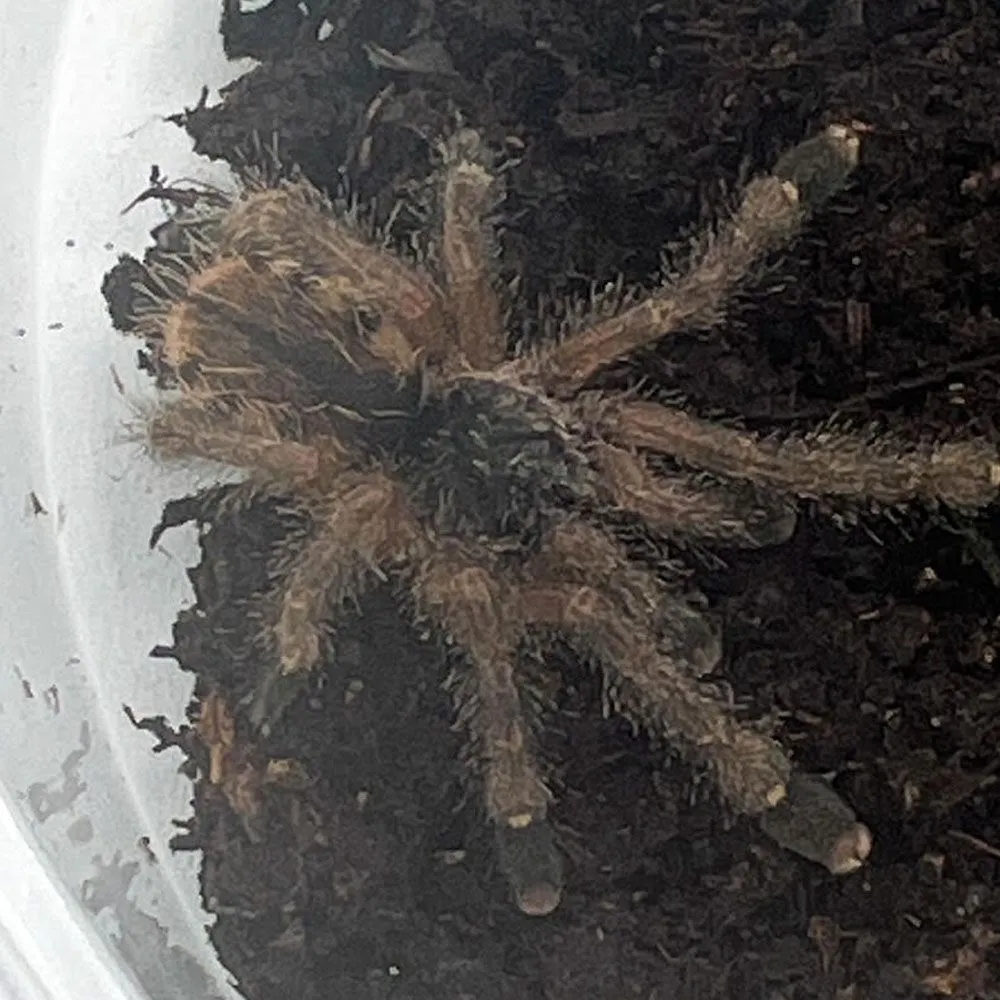
The Purple Pink Toe Tarantula is easily recognized by its striking appearance. They feature a dark body, often a deep purple or black, contrasted by vibrant pink or purple tips on their feet. This unique coloration is what gives them their name. Their size can range from 4 to 6 inches in leg span when fully grown. Besides their beautiful appearance, PPTs are known for their relatively docile nature, making them a good choice for those new to tarantula ownership. Observing your tarantula’s appearance also helps you to monitor its health, and changes in color or behavior can be indicators of its well-being.
Essential PPT Care Tips
Caring for a Purple Pink Toe Tarantula requires attention to detail and a commitment to providing a suitable environment. The following essential care tips will help you ensure the health and happiness of your tarantula. From setting up the perfect enclosure to managing humidity and temperature, these tips cover the core aspects of their daily needs. Remember, consistency in your care routine is key. By following these guidelines, you create a space where your tarantula can thrive and exhibit its natural behaviors.
Enclosure Setup
The enclosure is the PPT’s home, so setting it up correctly is vital. A tall enclosure is a must, as these tarantulas are arboreal. A good size for an adult PPT is at least 12x12x18 inches, though larger is always better. The enclosure should have good ventilation, such as cross-ventilation to prevent mold and stale air. Secure lids are necessary to prevent escape, and the enclosure should be made of transparent material like glass or acrylic for easy viewing. Also, ensure the enclosure is placed in a stable location away from direct sunlight and drafts.
Substrate and Decorations
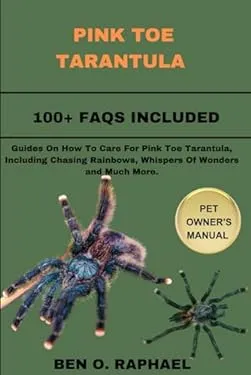
The substrate should retain moisture but also allow for adequate drainage. A mixture of coco fiber, peat moss, and vermiculite is a good choice. The substrate should be deep enough for the tarantula to burrow if it chooses, though PPTs are more inclined to build webs. Decorations are crucial for the PPT to feel secure. Include cork bark, branches, and artificial plants to mimic its natural environment. These elements not only provide hiding places but also offer surfaces for webbing, which is a key element of their natural behavior. Adding a water dish is also essential.
Humidity and Ventilation
PPTs thrive in a humid environment, ideally between 70% and 80%. You can maintain this humidity by misting the enclosure regularly, typically every other day, but always monitor to ensure the substrate doesn’t become waterlogged. Good ventilation is also crucial to prevent mold and fungal growth. Ensure there are adequate cross-ventilation holes in the enclosure. Avoid misting directly onto the tarantula, and instead aim for the sides and decorations. Using a hygrometer will help you keep a close eye on humidity levels.
Temperature Control
Maintaining the correct temperature is vital for the PPT’s health. The ideal temperature range is between 75°F and 85°F (24°C and 29°C). You can monitor the temperature using a thermometer placed in the enclosure. In most households, ambient room temperature is sufficient. If the temperature drops significantly, you may need to use a low-wattage heat lamp or a heat mat on the side of the enclosure, but always ensure that the temperature does not get too high. Make sure the tarantula has a temperature gradient within the enclosure for better health.
Feeding Your PPT
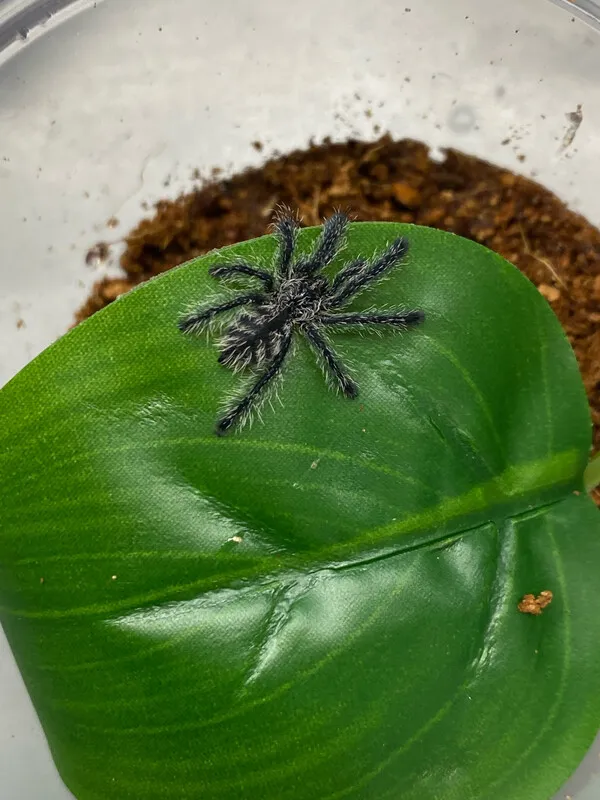
Feeding your Purple Pink Toe Tarantula is a straightforward process, but understanding their dietary needs is essential. Proper nutrition is critical to ensure the tarantula’s health, growth, and overall well-being. From choosing the right food to managing the feeding schedule, here’s everything you need to know about feeding your PPT.
What to Feed
PPTs are insectivores. The main diet for a PPT should consist of appropriately sized insects such as crickets, dubia roaches, mealworms, and locusts. The size of the insects should be no larger than the tarantula’s body. Varying the diet is a great way to ensure a balanced intake of nutrients. You can also occasionally offer pre-killed insects, which can be a safer option during feeding, but the tarantula needs to show feeding response.
Feeding Frequency
The feeding frequency depends on the tarantula’s age and size. Spiderlings (young tarantulas) may need to be fed two to three times a week. Sub-adults can be fed once or twice a week, while adult PPTs typically need feeding every one to two weeks. Always remove uneaten food within 24 hours to prevent the growth of mold. Monitor the abdomen size of your tarantula; if it appears too large, reduce the feeding frequency.
Watering Your PPT
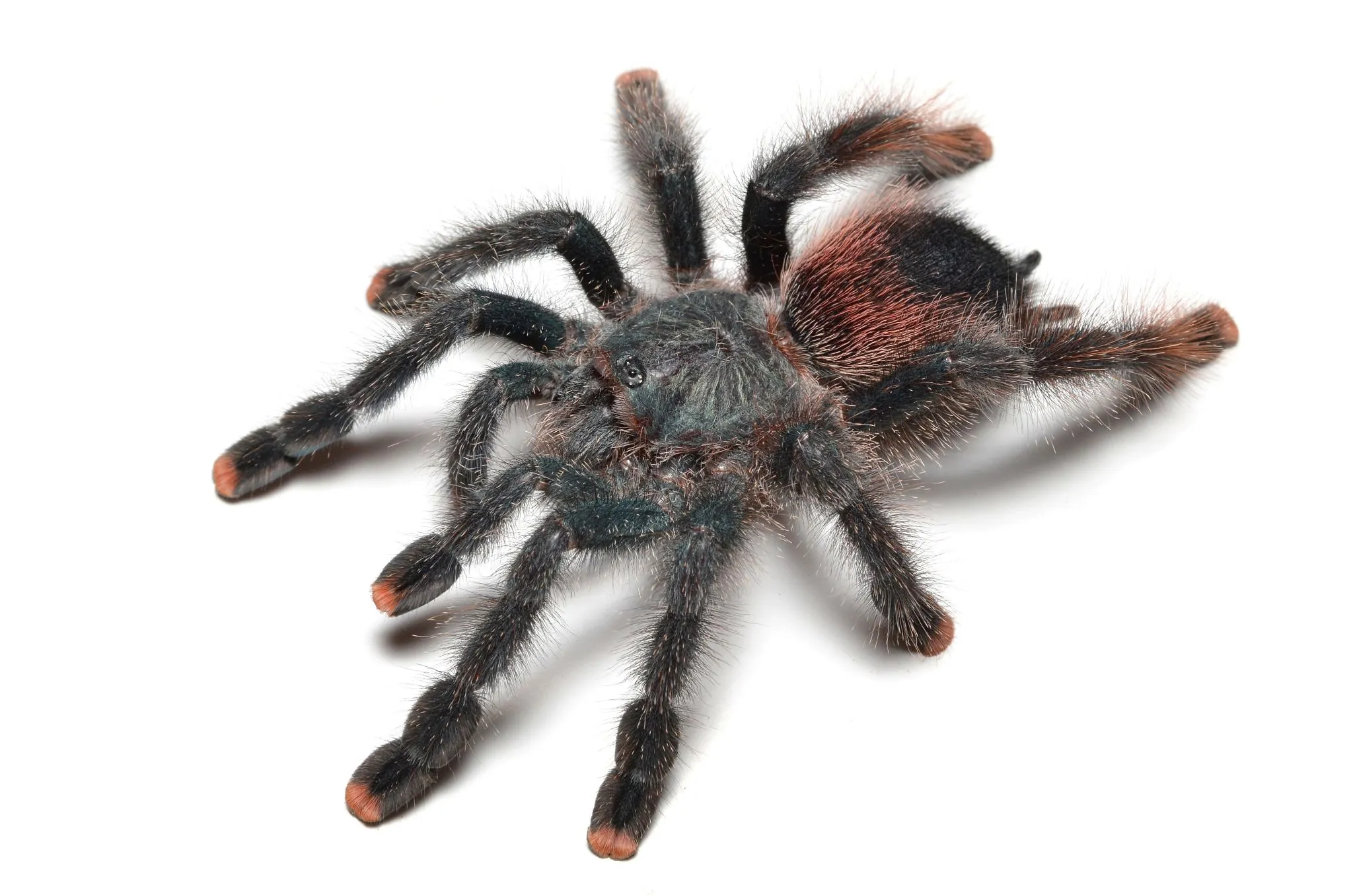
Providing fresh water is crucial for your PPT. Always provide a shallow water dish with fresh, clean water, ensuring it’s easily accessible. The water dish should be small enough to prevent the tarantula from drowning. Change the water every few days to prevent the buildup of bacteria. In addition to the water dish, misting the enclosure helps to maintain the humidity levels the tarantula needs for hydration.
Handling and Safety
While the Purple Pink Toe Tarantula is known for its relatively docile nature, handling should be approached with caution. Understanding how to handle your tarantula safely is essential to protect both you and your pet. Being informed about potential risks and following safety guidelines will make interactions stress-free for both the tarantula and the handler.
Handling Guidelines
If you choose to handle your PPT, do so with extreme care. Always handle the tarantula close to the ground or a soft surface to minimize the risk of injury if it falls. Never force the tarantula to be handled; let it come to you, if it chooses. Always wash your hands before and after handling to prevent the transfer of oils, soaps, or other substances that could be harmful to the tarantula. Observe the tarantula’s behavior carefully, as signs of stress might include defensive postures, which could lead to a bite. Handling should always be kept to a minimum to reduce stress on the tarantula.
Identifying Potential Hazards
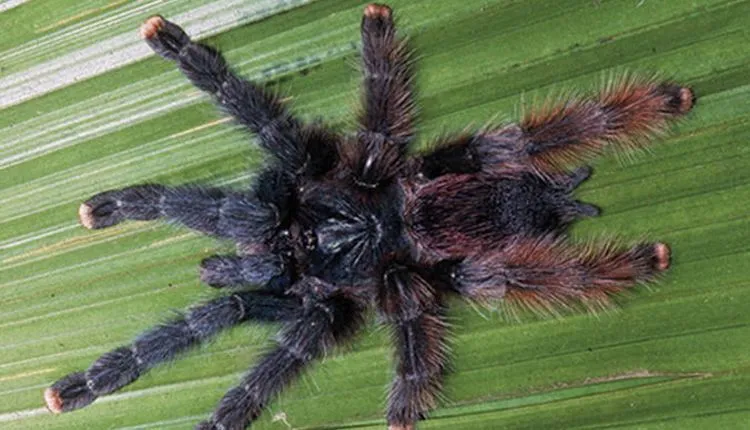
Be aware of potential hazards when handling your PPT. Although their venom is not considered medically significant to humans, bites can be painful and cause localized swelling. Avoid sudden movements and loud noises, which can startle the tarantula and cause it to react defensively. Be particularly cautious when the tarantula is about to molt, as they are more vulnerable and defensive during this time. Always be gentle and patient, and recognize that a tarantula’s comfort and well-being should always be your top priority.
Common Health Issues and Solutions
While PPTs are generally hardy, they can be susceptible to certain health issues. Being informed about these issues and their potential solutions allows you to provide timely care, ensuring the health and longevity of your tarantula. From recognizing signs of illness to taking preventative measures, here’s what you should know to keep your PPT healthy.
Moulting Process
Moulting is a natural and essential process for tarantulas, during which they shed their exoskeleton to grow. This process can be stressful for the tarantula. Signs that your tarantula is about to molt include loss of appetite, changes in behavior, and a dull appearance. Provide a secure and undisturbed environment during this time, avoiding handling or any unnecessary disturbances. Once molted, the new exoskeleton will be soft; do not feed the tarantula until the fangs have hardened, usually about a week. This molting process is crucial for the tarantula’s health and growth.
Preventing and Treating Diseases
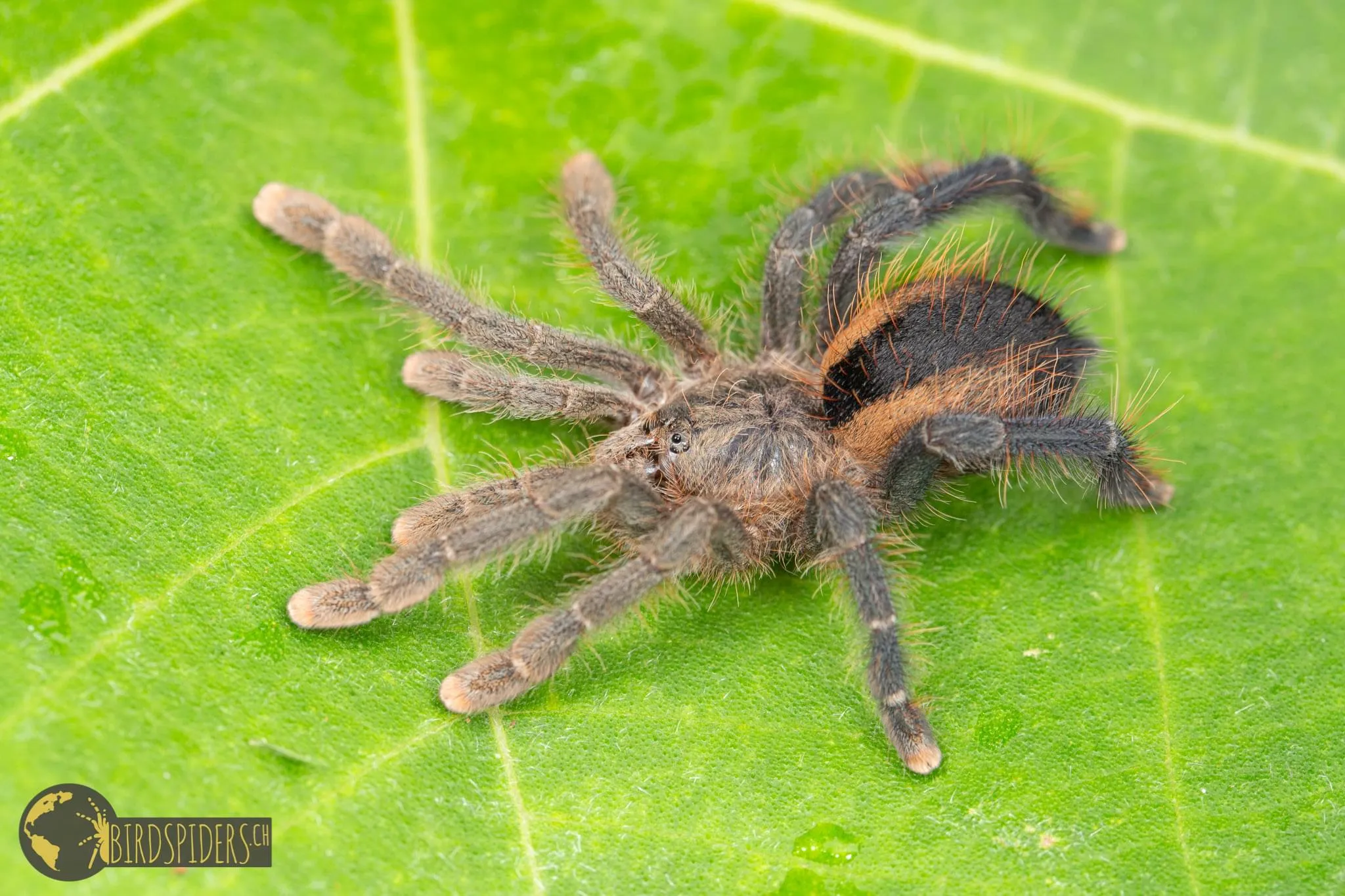
Several issues can affect a PPT, including mites, fungal infections, and parasites. Mites can be identified as small, moving dots, and can be treated by removing the infested substrate and cleaning the enclosure. Fungal infections, caused by high humidity and poor ventilation, can lead to serious health problems. Preventing disease involves maintaining optimal enclosure conditions, ensuring proper hygiene, and providing a balanced diet. If you notice any signs of illness, such as lethargy, loss of appetite, or unusual behavior, consult a veterinarian experienced with invertebrates.
Creating a Thriving PPT Environment
Creating a thriving environment goes beyond the basics of care. It involves providing enrichment and opportunities for the tarantula to express its natural behaviors, leading to a happier and healthier pet. This includes encouraging activity, social interaction (if applicable), and creating a stimulating habitat. Here are some tips to make your PPT’s environment as engaging and enriching as possible.
Enrichment and Activities
Enrichment is crucial for a happy PPT. Include a variety of items in the enclosure to provide interest and stimulation. Adding cork bark, branches, and artificial plants allows your tarantula to climb, hide, and build webs. Varying the positions of these items can also provide mental stimulation. Ensure there are different levels and textures in the enclosure to encourage exploration. These enrichments not only enhance the aesthetics of the enclosure but also contribute to the mental and physical well-being of your tarantula. By providing a stimulating environment, you’re giving your PPT the opportunity to live a more active and fulfilling life.
Socializing with Your PPT
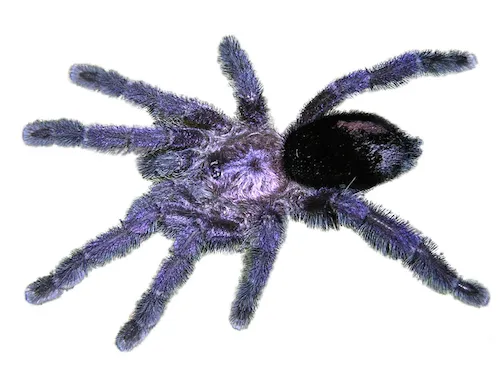
While PPTs are solitary creatures, observing their behavior can be an enjoyable experience. Engage with your tarantula by providing enrichment and interacting with its environment. Remember that tarantulas are not social animals and should not be housed together. When interacting with your PPT, remember their natural instinct is to be solitary. Respect their space and comfort, and you’ll find that the bond you develop with your tarantula can be very rewarding.
